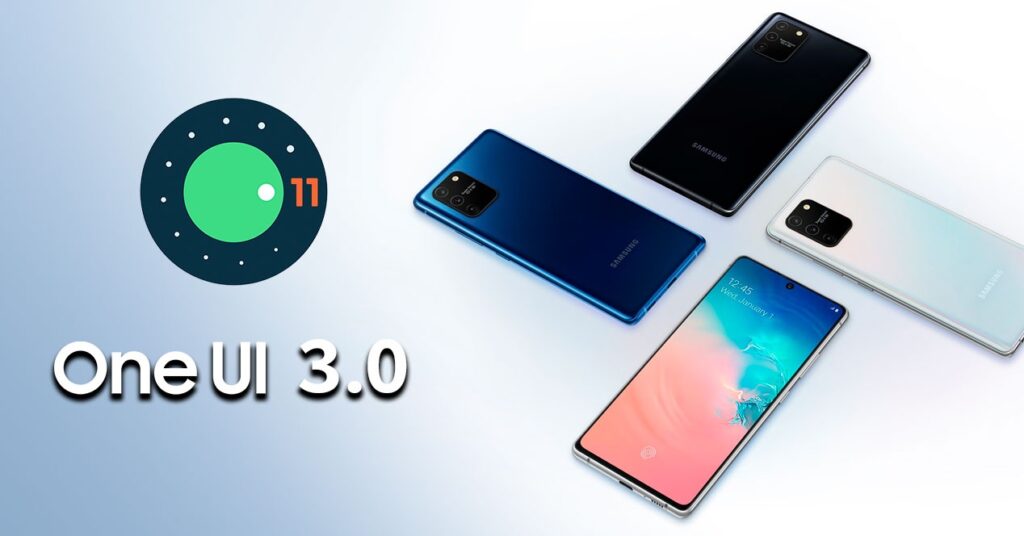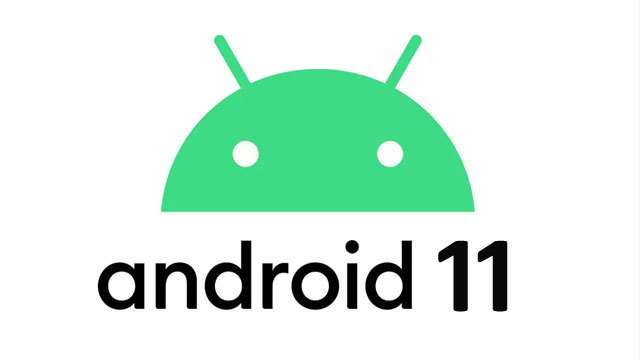It’s easy to get lost in Android. There are many models, and all of them are still in use today on smartphones. Keeping current with the most recent update may be difficult, but don’t worry—we’ve got you covered.
Major Android releases are updated once a year (though this hasn’t always been the case), with regular security patches in between. Google often publishes point changes (.1,.2, etc.) from time to time, but they are not often consistent. More important changes that aren’t just as significant as complete version upgrades, such as the upgrade from Android 8.0 to Android 8.1, also warrant a point update.
Every Android release has a code name that many people use instead of the version number. Each one is called after a cake or other kind of confection, purely just for amusement.

A Brief Android Version History
We thought it fitting to give a brief rundown of each Android version on the accompanying code name and release date. You know, for completeness.
- Android 1.5, Cupcake: April 27, 2009
- Android 1.6, Donut: September 15, 2009
- Android 2.0-2.1, Eclair: October 26, 2009 (initial release)
- Android 2.2-2.2.3, Froyo: May 20, 2010 (initial release)
- Android 2.3-2.3.7, Gingerbread: December 6, 2010 (initial release)
- Android 3.0-3.2.6, Honeycomb: February 22, 2011 (initial release)
- Android 4.0-4.0.4, Ice Cream Sandwich: October 18, 2011 (initial release)
- Android 4.1-4.3.1, Jelly Bean: July 9, 2012 (initial release)
- Android 4.4-4.4.4, KitKat: October 31, 2013 (initial release)
- Android 5.0-5.1.1, Lollipop: November 12, 2014 (initial release)
- Android 6.0-6.0.1, Marshmallow: October 5, 2015 (initial release)
- Android 7.0-7.1.2, Nougat: August 22, 2016 (initial release)
- Android 8.0-8.1, Oreo: August 21, 2017 (initial release)
- Android 9.0, Pie: August 6, 2018
- Android 10.0: September 3, 2019
- Android 11.0: September 8, 2020
As you can see, the update system was without any sort of regularity early on, but the Ice Cream Sandwich era started the yearly OS version update schedule.
The Latest Version of Android is 11.0
On September 8, 2020, Google’s Pixel devices, as well as those from OnePlus, Xiaomi, Oppo, and RealMe, received the first update of Android 11.0.
This iteration of Android, unlike earlier models, lacks a cute dessert name—or some other kind of name other than the version number. It’s simply “Android 11.” Internally, Google also intends to use dessert titles for development builds.
How to Check Your Version of Android
Here’s the interesting thing about Android: how you get even the most basic details depends not only about which edition of Android the phone runs, but also about who made it. However, we’ll keep it as straightforward as possible here. By pulling down the notification shade and clicking the cog button, you can access your phone’s settings bar.
Scroll to the bottom of the menu and press the “About Phone” option (it can also say “About Device”). If your phone doesn’t have this feature, it’s most likely running Android Oreo, which had a major Settings update. Look for the “System” alternative in that situation.
There may be an entry for Android Version—again, this may vary based on the platform and Android version. On Oreo, the version information can be found in the “System Update” portion.
How to Get the Most Up-to-Date Version
Unfortunately, the short response is that you may not be able to.
Android updates are done first by the phone’s manufacturer—but Samsung is responsible for its updates, LG is responsible for LG’s updates, and so on. Google’s Pixel and Nexus computers are the only ones who get notifications.
Go to Settings > About Software > System Updates to see whether an upgrade is required for your device (or similar). Again, based on the phone, this could be in a particular location—Samsung, for example, places the System Updates choice at the top of the Settings menu.
If you tap this button, the system will search for updates, but there’s a good chance it won’t find something. As an update for your phone becomes accessible, it usually notifies you and asks you to download and activate it right away.

Buying from the Pixel line is the best way to guarantee you’ll have the most recent update of Android. These phones get direct notifications from Google, and they are usually up to date with the most recent major version and protection patches.






